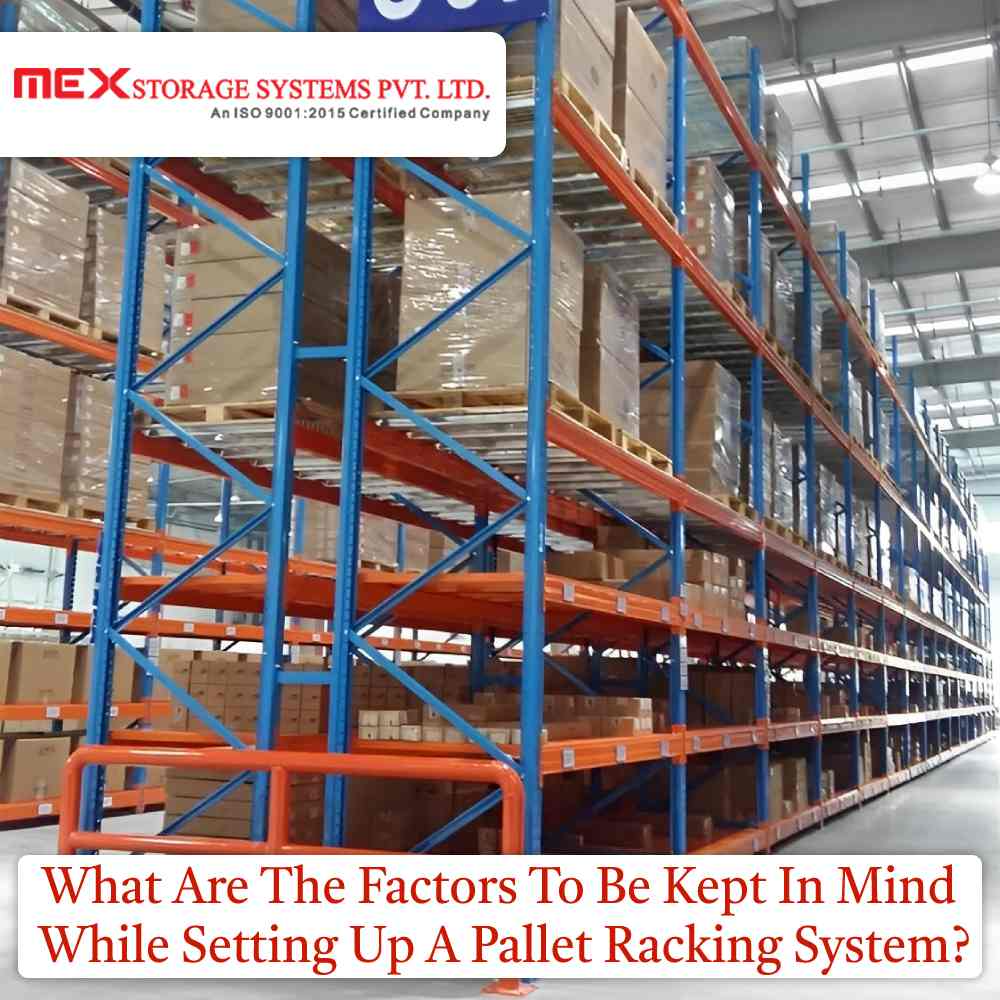
A Pallet Racking System is a storage solution used in warehouses and distribution centers for organizing and storing products on pallets. It consists of horizontal beams and vertical uprights that create a series of levels or bays for storing pallets. The pallets are placed on the beams and are supported by the uprights, allowing for efficient storage and easy access to the products.
The Pallet Racking System can be designed and configured in a variety of ways to meet the specific storage needs of the warehouse. This includes adjustable shelving, selective racking, drive-in racking, push-back racking, and others. The system is designed to maximize the use of available space, improve the efficiency of material handling processes, and increase the overall productivity of the warehouse.
When setting up a Pallet Racking System, several important factors should be considered to ensure the system meets the specific requirements and storage needs of your warehouse. Some of these factors include:
- Warehouse layout and space utilization -The layout of the warehouse and the available space should be taken into account while setting up the Pallet Racking System in Delhi. This includes determining the most efficient use of the space, considering factors such as aisle width and headroom.
- Type and weight of products to be stored -The type of products and their weight are important considerations when selecting the right Pallet Racking System. This information will help determine the load capacity requirements for the racking and ensure that the system can safely support the weight of the products being stored.
- Forklift access and maneuverability -It is important to ensure that forklifts have sufficient space and access to move around the warehouse and reach the Pallet Racking System. This includes considering the width of the aisles, overhead clearance, and the positioning of the racking system.
- Load capacity and weight distribution -The load capacity of the Pallet Racking System should be carefully evaluated to ensure it can safely support the weight of the products being stored. The weight distribution of the products should also be taken into consideration to ensure stability and prevent the racking system from collapsing.
- Height and aisle space -The height of the Pallet Racking System and the width of the aisles should be considered to ensure that the system is able to maximize storage space while still providing adequate access for forklifts.
- Material selection -The material used for the pallets and the racking system should be selected based on the type of products being stored and the environment in which they will be stored. This includes considering factors such as durability, resistance to moisture and rust, and ease of cleaning.
- Fire safety and building codes -The Pallet Racking System should be designed and installed in compliance with local fire safety codes and building regulations. This includes ensuring that the system is fire-resistant and that proper fire suppression systems are in place.
- Future expansion and scalability -When setting up a Pallet Racking System, it is important to consider future expansion and scalability. This includes ensuring that the system can be easily modified or expanded as your storage needs change over time.
Pallet Racking System Manufacturers such as Mex Storage Systems Pvt. Ltd. based in Delhi, India, can assist in the design and implementation of a Pallet Racking System that meets these requirements and provides optimal storage solutions for your warehouse.

 Get a Quote
Get a Quote